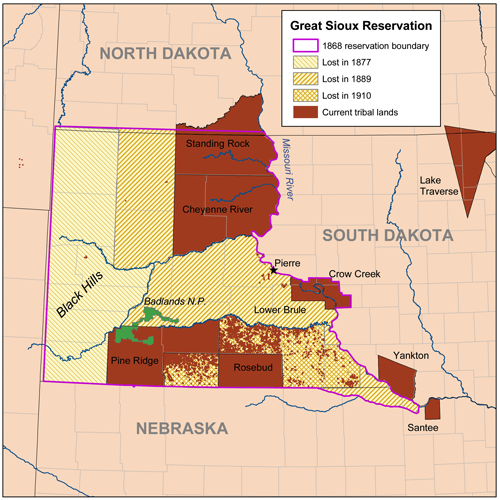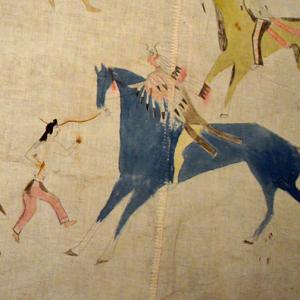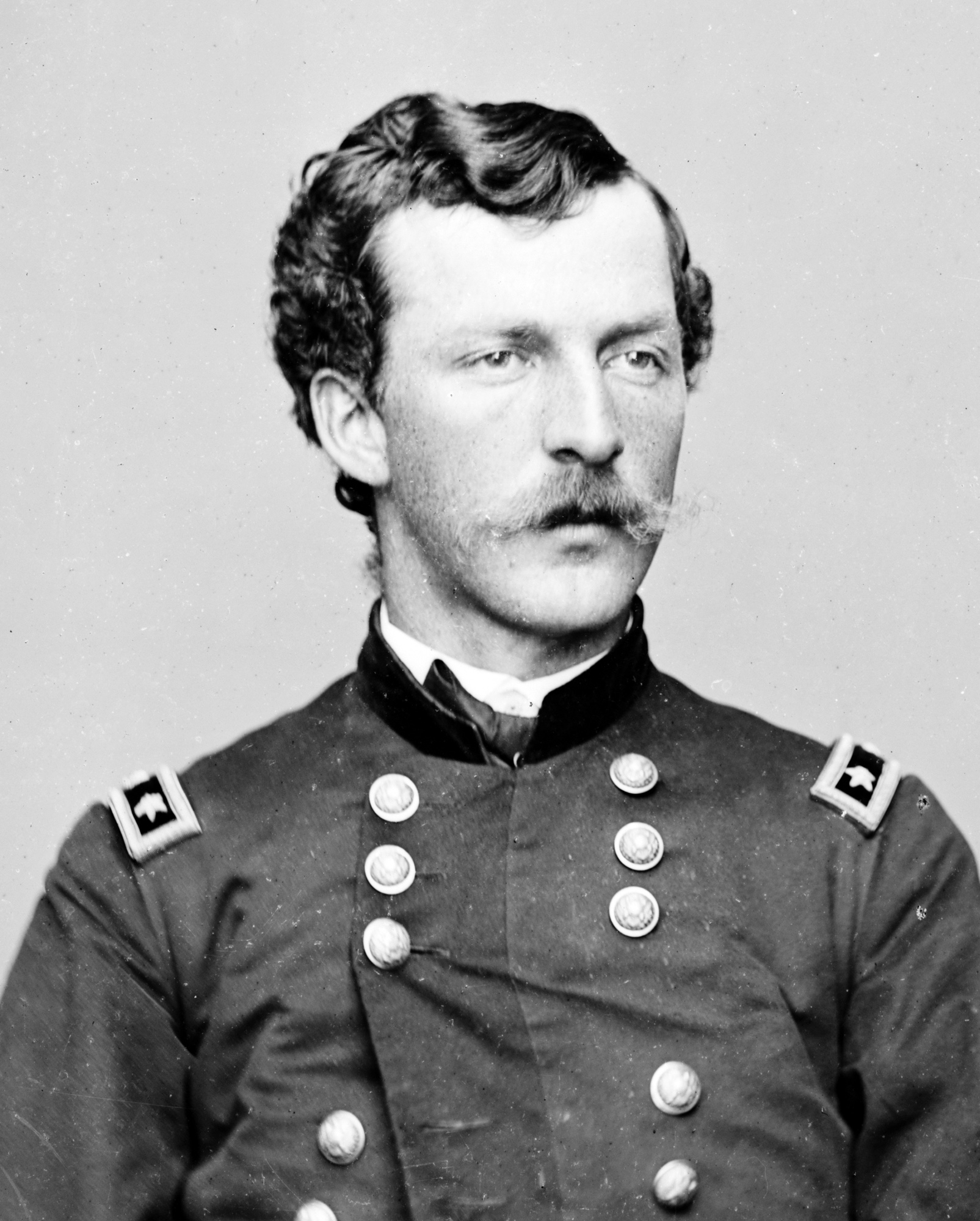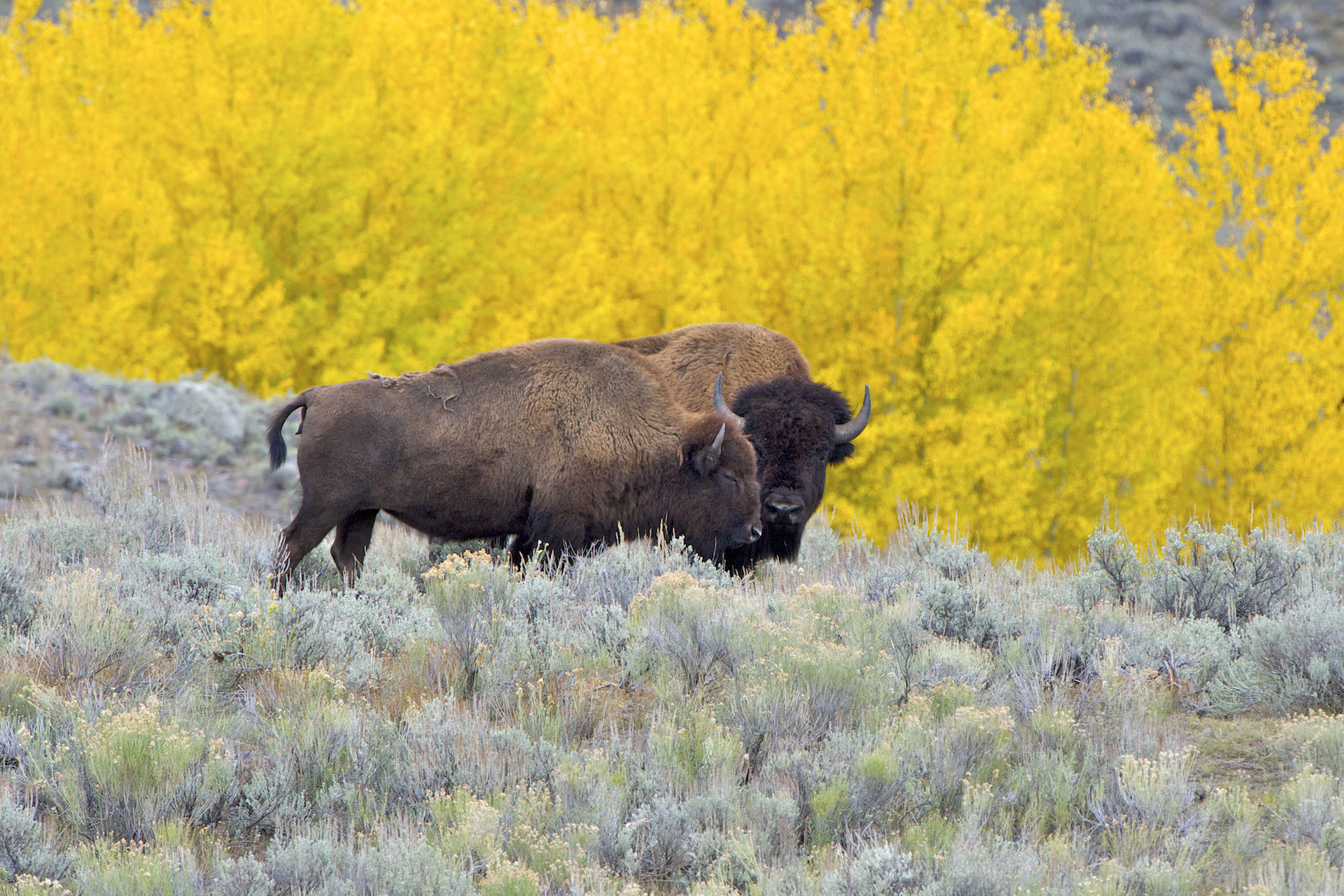|
Battle Of Cedar Creek (1876)
The Battle of Cedar Creek (also called Big Dry Creek or Big Dry River) occurred on October 21, 1876, in the Montana Territory between the United States Army and a force of Lakota Sioux Native Americans during the Great Sioux War of 1876. The battle broke out after talks between Colonel Nelson A. Miles and Chief Sitting Bull broke down, and ended with the surrender of 400 Lakota lodges (with approximately 2,000 men, women, and children) to Miles six days later. History Colonel Nelson A. Miles led the 5th United States Infantry Regiment in the summer of 1876 from Fort Leavenworth, Kansas, up the Missouri River on a paddlewheel boat from Yankton, South Dakota to the Yellowstone River, to help subdue the Sioux, and Cheyenne, who had claimed a major victory that summer at the Battle of Little Bighorn. Miles joined General Alfred Terry on Rosebud Creek in autumn and marched with him up the Rosebud to join with General Crook. The two commanders together moved east and crossed th ... [...More Info...] [...Related Items...] OR: [Wikipedia] [Google] [Baidu] |
Great Sioux War Of 1876
The Great Sioux War of 1876, also known as the Black Hills War, was a series of battles and negotiations that occurred in 1876 and 1877 in an alliance of Lakota people, Lakota Sioux and Northern Cheyenne against the United States. The cause of the war was the desire of the US government to obtain ownership of the Black Hills. Gold had been discovered in the Black Hills, settlers began to encroach onto Native Americans in the United States, Native American lands, and the Sioux and the Cheyenne refused to cede ownership. Traditionally, American military and historians place the Lakota at the center of the story, especially because of their numbers, but some Native Americans believe the Cheyenne were the primary target of the American campaign. Among the many battles and skirmishes of the war was the Battle of the Little Bighorn - often known as ''Custer's Last Stand'' and the most storied of the many encounters between the US Army and mounted Plains Indians. Despite the Indian vict ... [...More Info...] [...Related Items...] OR: [Wikipedia] [Google] [Baidu] |
Alfred Terry
Alfred Howe Terry (November 10, 1827 – December 16, 1890) was a Union general in the American Civil War and the military commander of the Dakota Territory from 1866 to 1869, and again from 1872 to 1886. In 1865, Terry led Union troops to victory at the Second Battle of Fort Fisher in North Carolina. Early life and career Although born in Hartford, Connecticut, Alfred Terry's family quickly moved to New Haven, where he spent most of his childhood. Terry graduated from the Hopkins School in New Haven in 1838. After attending Yale Law School in 1848, Terry became a lawyer and was appointed clerk of the Superior Court of New Haven County. Civil War South Carolina When the Civil War started, Terry raised the 2nd Connecticut Infantry Regiment, and was appointed colonel. The regiment fought at First Bull Run, after which Terry and his regiment were transferred to South Carolina. On September 13, 1861, at New Haven, Connecticut, Col. Terry organized an elite and special regi ... [...More Info...] [...Related Items...] OR: [Wikipedia] [Google] [Baidu] |
Aquilla Coonrod
Aquilla Coonrod or Coonrad (c. 1831 – May 14, 1884) was an American soldier in the United States Army, U.S. Army who served with the 14th Ohio Infantry, 14th, 48th Ohio Infantry, 48th and 125th Ohio Infantry, 125th Ohio Volunteer Infantry during the American Civil War, and with the 7th U.S. Cavalry and the 5th U.S. Infantry during the Indian Wars. He participated in several engagements against the Sioux in the Montana Territory between 1876–77, most notably at Battle of Cedar Creek (1876), Cedar Creek and Battle of Wolf Mountain, Wolf Mountain, and received the Medal of HonorBeyer, Walter F. and Oscar Frederick Keydel, ed. ''Deeds of Valor: From Records in the Archives of the United States Government; how American Heroes Won the Medal of Honor; History of Our Recent Wars and Explorations, from Personal Reminiscences and Records of Officers and Enlisted Men who Were Rewarded by Congress for Most Conspicuous Acts of Bravery on the Battle-field, on the High Seas and in Arctic ... [...More Info...] [...Related Items...] OR: [Wikipedia] [Google] [Baidu] |
Cypress Hills National Cemetery
Cypress Hills National Cemetery is a cemetery located in the Cypress Hills, Brooklyn, Cypress Hills neighborhood of Brooklyn, New York City. It is the only United States National Cemetery in New York City and has more than 21,100 interments of veterans and civilians. There are 24 Medal of Honor recipients buried in the cemetery, including three men who received the award twice. Although Cypress Hills was established to honor American Civil War, Civil War veterans, its grounds include the graves of soldiers who fought in the American Revolutionary War, Spanish–American War, Korean War and Vietnam War. Cypress Hills National Cemetery opened in 1862 and gravesites were exhausted in 1954. However, burials of veteran's spouses continues at the rate of approximately ten per year. The #Sections, two sections of this national cemetery are located approximately one half-mile apart. History In 1849 the private Cypress Hills Cemetery was established as a nonsectarian burial ground. ... [...More Info...] [...Related Items...] OR: [Wikipedia] [Google] [Baidu] |
Henry Rodenburg
Henry Rodenburg (–13 December 1899) was a United States Army soldier who received the Medal of Honor. His award came for gallantry in the Indian Wars. Biography Rodenburg was born in Germany in 1851. He joined the army and achieved the rank of corporal. Rodenburg died on 13 December 1899 and is buried in Cypress Hills National Cemetery in New York City. Medal of Honor citation "For gallantry in engagements at Cedar Creek, Montana and other campaigns during the period 21 October 1876 to 8 January 1877, while serving with Company A, 5th U.S. Infantry. Private Rodenburg served in a series of engagements against the Sioux Indians in the Montana Territory. In actions at Cedar Creek, Private Rodenburg personally helped in the security of settlers throughout the region. For extreme gallantry, he was awarded the Medal of Honor and promoted Corporal. Date of Issue: 27 April 1877." See also *List of Medal of Honor recipients *List of Medal of Honor recipients for the Indian Wars ... [...More Info...] [...Related Items...] OR: [Wikipedia] [Google] [Baidu] |
Ireland
Ireland (, ; ; Ulster Scots dialect, Ulster-Scots: ) is an island in the North Atlantic Ocean, in Northwestern Europe. Geopolitically, the island is divided between the Republic of Ireland (officially Names of the Irish state, named Irelanda sovereign state covering five-sixths of the island) and Northern Ireland (part of the United Kingdomcovering the remaining sixth). It is separated from Great Britain to its east by the North Channel (Great Britain and Ireland), North Channel, the Irish Sea, and St George's Channel. Ireland is the List of islands of the British Isles, second-largest island of the British Isles, the List of European islands by area, third-largest in Europe, and the List of islands by area, twentieth-largest in the world. As of 2022, the Irish population analysis, population of the entire island is just over 7 million, with 5.1 million in the Republic of Ireland and 1.9 million in Northern Ireland, ranking it the List of European islands by population, ... [...More Info...] [...Related Items...] OR: [Wikipedia] [Google] [Baidu] |
Lakota Sioux
The Lakota (; or ) are a Native American people. Also known as the Teton Sioux (from ), they are one of the three prominent subcultures of the Sioux people, with the Eastern Dakota (Santee) and Western Dakota (). Their current lands are in North and South Dakota. They speak — the Lakota language, the westernmost of three closely related languages that belong to the Siouan language family. The seven bands or "sub-tribes" of the Lakota are: * (, Burned Thighs) * ("They Scatter Their Own") * (, Without Bows) * (Hunkpapa, "End Village", Camps at the End of the Camp Circle) * (Miniconjou, "Plant Near Water", Planters by the Water) * ("Blackfeet" or "Blackfoot") * (Two Kettles) Notable Lakota persons include (Sitting Bull) from the , ( Touch the Clouds) from the Miniconjou; (Black Elk), ( Red Cloud), and (Billy Mills), all ; (Crazy Horse) from the and Miniconjou, and ( Spotted Tail) from the Brulé. Activists from the late 20th century to present include R ... [...More Info...] [...Related Items...] OR: [Wikipedia] [Google] [Baidu] |
Nelson Appleton Miles
Nelson Appleton Miles (August 8, 1839 – May 15, 1925) was a United States Army officer who served in the American Civil War (1861–1865), the later American Indian Wars (1840–1890), and the Spanish–American War, (1898). From 1895 to 1903, Miles served as the last Commanding General of the United States Army, before the office was transformed into the current Chief of Staff of the U.S. Army in 1903. Early life Nelson A. Miles was born on his family's farm in Westminster, Massachusetts on August 8, 1839, the son of Daniel Miles and Mary (Curtis) Miles. He was raised and educated in Westminster, and attended the academy run by educator John R. Galt. Having decided on a business career, as a teenager, he moved to Boston, where he worked as a clerk in the John Collamore & Company crockery store. While living in Boston, he also attended Comer's Commercial College, a business school that offered night courses. With the outbreak of the American Civil War likely, Miles was among ... [...More Info...] [...Related Items...] OR: [Wikipedia] [Google] [Baidu] |
American Bison
The American bison (''Bison bison''; : ''bison''), commonly known as the American buffalo, or simply buffalo (not to be confused with Bubalina, true buffalo), is a species of bison that is endemic species, endemic (or native) to North America. It is one of two extant species of bison, along with the European bison. Its habitat, historical range ''circa'' 9000 BC is referred to as the great bison belt, a tract of rich grassland spanning from Alaska south to the Gulf of Mexico, and east to the Atlantic Seaboard (nearly to the Atlantic tidewater (geographic term), tidewater in some areas), as far north as New York (state), New York, south to Georgia (U.S. state), Georgia, and according to some sources, further south to northern Florida, with sightings in North Carolina near Buffalo Ford on the Catawba River as late as 1750. Two subspecies or ecotypes have been described: the plains bison (''B. b. bison''), smaller and with a more rounded hump; and the wood bison (''B. b. athabascae ... [...More Info...] [...Related Items...] OR: [Wikipedia] [Google] [Baidu] |
Elwell S
Elwell may refer to: *Elwell, Devon, England * Elwell, Michigan, United States * Elwell Liberty, part of Wyke Regis and Elwell Liberty People with the surname * Ann Elwell (1922–1996), British linguist and intelligence officer * Clare Elwell, British academic professor of medical physics * Clarence Edward Elwell (1904–1973), American prelate of the Roman Catholic Church *Cyril Frank Elwell (1884–1963), Australian-born American radio pioneer * Daniel Elwell, FAA administrator * Dennis Elwell (other) ** Dennis Elwell (astrologer) (1930–2014), British astrologer ** Dennis Elwell (politician) (born 1945), mayor of Secaucus, New Jersey *Francis Edwin Elwell (1858–1922), American sculptor *Edward Elwell (1783–1869), founder of the manufacturing company Edward Elwell Ltd in Wednesbury, England * Frederick William Elwell (1870–1958), English painter * Esther Elwell, in Salem Witch Trials charged but not tried * James T. Elwell, American developer and legislator * Jo ... [...More Info...] [...Related Items...] OR: [Wikipedia] [Google] [Baidu] |
Battle Of Slim Buttes
The Battle of Slim Buttes was fought on September 9–10, 1876, in the Great Sioux Reservation between the United States Army and Miniconjou Sioux during the Great Sioux War of 1876. It marked the first significant victory for the army since the stunning defeat of General George Armstrong Custer, George Custer at the Battle of Little Bighorn in June. Background Following the Little Bighorn debacle, Lieutenant General Philip H. Sheridan, commanding the Department of Missouri, ordered the U.S. Army to convince the hostile Indians to return to their reservations. Generals Alfred Terry and George Crook took up an unsuccessful late summer chase of the Lakota people, Lakota and Cheyenne people, Cheyenne. The campaign resumed on August 5, and on August 10 the combined force, leaving its wagon train behind to unencumber the pursuit, moved east toward the Black Hills. Bad weather, extreme muddy conditions on the trail, and overtaxed men and animals led to the combined force breaking u ... [...More Info...] [...Related Items...] OR: [Wikipedia] [Google] [Baidu] |
Black Hills
The Black Hills is an isolated mountain range rising from the Great Plains of North America in western South Dakota and extending into Wyoming, United States. Black Elk Peak, which rises to , is the range's highest summit. The name of the range in Lakota is '. It encompasses the Black Hills National Forest. It formed as a result of an upwarping of ancient rock, after which the removal of the higher portions of the mountain mass by stream erosion produced the present-day topography. The hills are so called because of their dark appearance from a distance, as they are covered in evergreen trees. American Indian tribes have a long history in the Black Hills and consider it a sacred site. After conquering the Cheyenne in 1776, the Lakota took the territory of the Black Hills, which became central to their culture. In 1868, the federal US government signed the Fort Laramie Treaty of 1868, establishing the Great Sioux Reservation west of the Missouri River, and exempting the Black ... [...More Info...] [...Related Items...] OR: [Wikipedia] [Google] [Baidu] |






